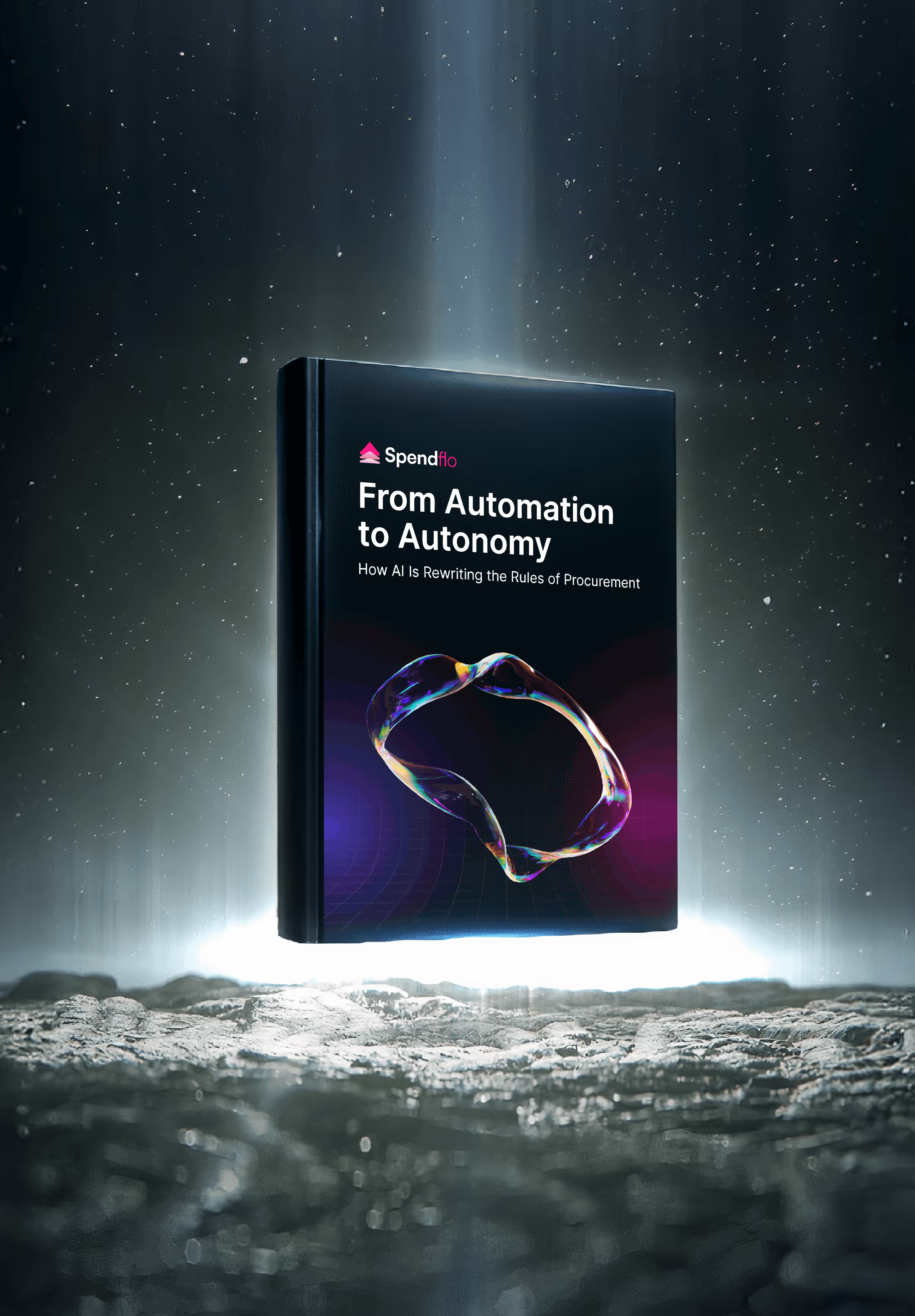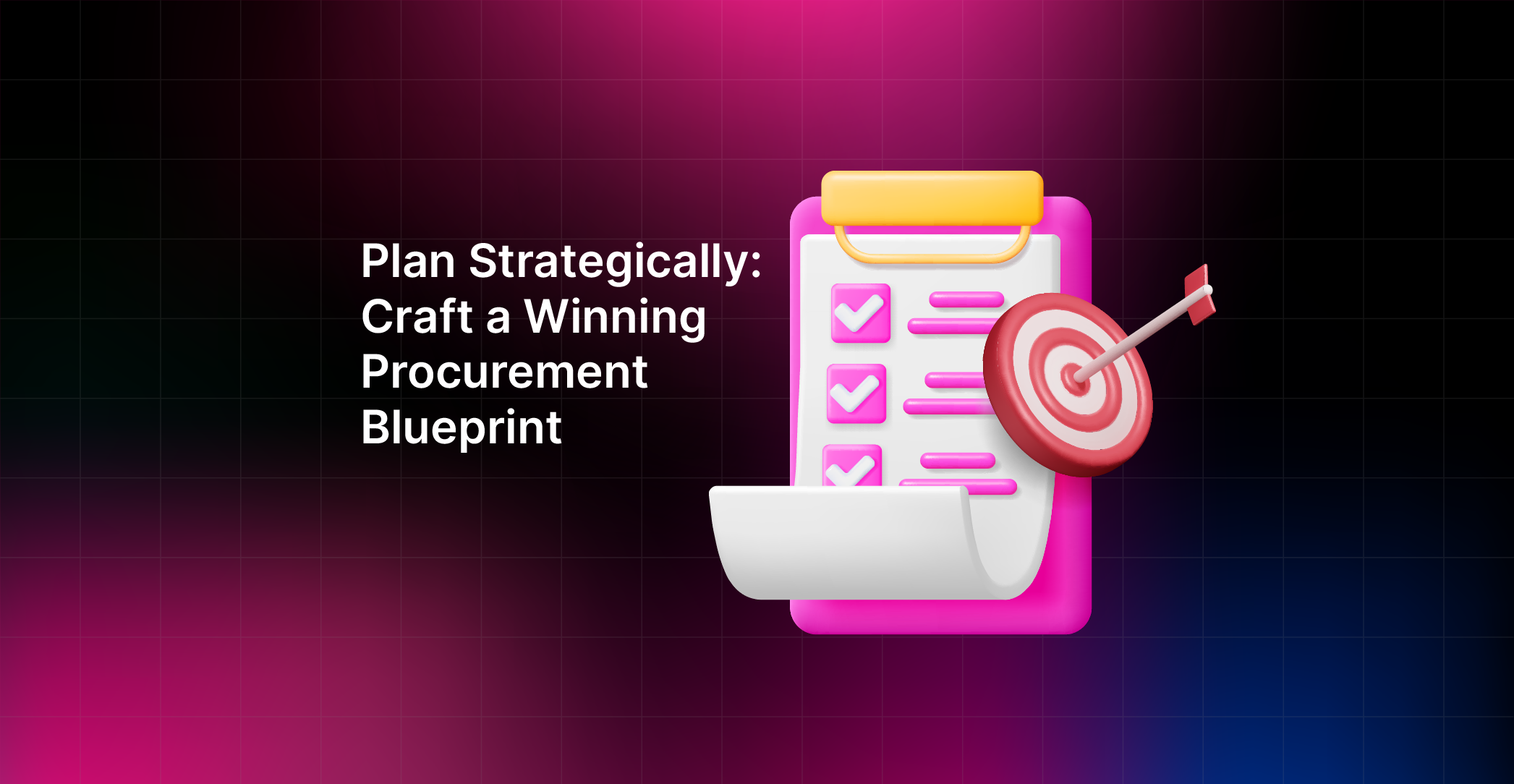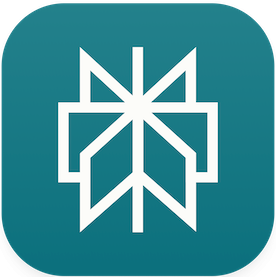

What is Procurement Planning? (+How To Create A Procurement Plan?)

What is Procurement Planning? (+How To Create A Procurement Plan?)
Discover the steps to creating a winning procurement plan that optimizes your purchasing process, reduces costs, and improves supplier relationships.


Procurement plans have unique nuances compared to traditional purchasing methods. They bring together various stakeholders, such as buyers, suppliers, and project managers, and often require balancing competing priorities to ensure the right goods and services are acquired at the right time and price. Hiding in the cracks between these priorities is how organizations can turn procurement into one of the most complex challenges to manage.
Poorly executed procurement plans create losses in the form of budget overruns, project delays, and damaged supplier relationships. One study found that up to 1/3rd of procurement projects fail to meet their objectives. Organizations must find new ways to optimize their procurement processes without sacrificing quality or compliance.
This guide discusses the key components of a procurement plan and how best to develop and implement one.
What is a Procurement Plan?
A procurement plan outlines how an organization will acquire the materials or services needed for its operations. It includes strategies, timelines, and budgets to guide procurement activities. Effective plans rely on data and analytics to ensure efficiency, cost control, and alignment with business goals.
Importance of Procurement Planning
Procurement planning plays a critical role in ensuring that an organization’s purchasing activities align with its strategic goals. A well-structured procurement plan helps businesses optimize costs, minimize risks, and improve efficiency. It also fosters compliance with procurement policies and enhances transparency across all stages of the purchasing process.
Here are some key reasons why procurement planning is essential:
1. Ensures Successful Project Execution
A structured procurement plan lays the foundation for smooth project execution. By identifying required resources, estimated costs, and procurement timelines in advance, businesses can avoid last-minute shortages and ensure timely project completion.
2. Reduces Non-Compliance Risks
Proper planning limits the risk of non-compliance with procurement regulations and policies. It ensures that procurement activities follow the correct procedures, preventing legal or financial penalties that may arise due to oversight or regulatory breaches.
3. Enhances Transparency and Accountability
A well-documented procurement plan improves visibility into purchasing decisions, ensuring that stakeholders can track procurement activities effectively. This transparency reduces chances of fraud, favoritism, or mismanagement of funds.
4. Improves Financial Planning and Treasury Management
Procurement planning helps businesses allocate budgets more effectively by spreading out purchases throughout the financial year. This prevents cash flow disruptions and allows for better treasury management.
5. Strengthens Supplier Relationship Management
By forecasting procurement needs in advance, organizations can engage with suppliers proactively, negotiate better contract terms, and establish long-term partnerships. This approach leads to cost savings and improved supplier performance.
Consequences of Lack of Procurement Planning
Failure to plan procurement activities can lead to inefficiencies, budget overruns, and operational disruptions. Without a structured procurement process, organizations may struggle with delays, increased costs, and compliance risks.
Below are some major consequences of inadequate procurement planning:
1. Project Delays and Disruptions
Poor procurement planning often results in supply chain bottlenecks, delaying critical projects. When necessary materials or services are not procured on time, project timelines are disrupted, leading to increased costs and lost business opportunities.
2. Inappropriate Procurement Decisions
Without proper planning, organizations may end up making rushed or ill-informed procurement decisions. This can result in purchasing substandard goods or services that do not meet project requirements, affecting overall quality and performance.
3. Misuse of Procurement Methods and Procedures
Lack of planning can lead to the use of incorrect procurement methods, such as emergency purchases or single-source contracting, which may not be cost-effective. This often results in higher expenses, lack of competition, and potential non-compliance with procurement policies.
4. Increased Procurement Costs
Poorly planned procurement activities lead to fragmented purchases, higher packaging and logistics costs, and missed opportunities for bulk discounts. Organizations may also face additional expenses due to rushed procurement decisions and inadequate vendor negotiations.
By implementing a robust procurement plan, businesses can mitigate these risks and ensure a more structured, cost-effective, and compliant purchasing process.
Procurement Plan: Key Components
Key components in a procurement plan include scope, requirements, strategy, timeline, budget, and risk management. Here’s a detailed breakdown:
1. Scope and Requirements:
The plan should clearly define the goods and services to be procured, including detailed specifications, quantities, and quality standards. This helps ensure that all stakeholders have a clear understanding of what is needed and helps prevent scope creep or misunderstandings later in the process.
2. Market Analysis:
Before developing a procurement strategy, it is essential to conduct thorough research and analysis of the supply market. This includes identifying potential suppliers, assessing their capabilities and past performance, and understanding market trends and pricing dynamics. Market analysis helps inform make-or-buy decisions, supplier selection, and negotiation strategies.
3. Procurement Strategy:
Based on the requirements and market analysis, the plan should outline the overall approach for acquiring the necessary goods and services. This includes determining the most appropriate procurement methods (e.g., open bidding, sole sourcing, etc.), developing evaluation criteria for supplier selection, and identifying potential contract types and terms.
4. Budget and Financial Controls:
The plan should include detailed cost estimates and budgets for all procurement activities, as well as clear financial controls and approval processes. This helps ensure that spending remains within allocated limits and that all expenditures are properly authorized and accounted for.
5. Risk Management:
The plan should include a comprehensive risk management strategy, including methods for identifying, assessing, and mitigating potential risks. This may involve developing contingency plans, establishing risk monitoring and reporting processes, and regularly reviewing and updating risk assessments.
6. Supplier Relationship Management:
The procurement plan should outline strategies for building and maintaining strong relationships with key suppliers. This may include regular communication and performance reviews, collaborative innovation and problem-solving, and recognition and rewards for high-performing suppliers.
How to Create a Procurement Plan (Step by Step)
Some of the procurement plan best practices are stakeholder involvement, market research, clear specifications, strategic sourcing,and risk mitigation. Developing a comprehensive procurement plan involves several key steps:
Step 1: Define Objectives and Scope
Start by clearly defining the objectives and scope of the procurement plan. What are the organization's overall goals, and how can procurement support those goals? What specific goods and services need to be procured, and in what quantities? Be sure to involve key stakeholders in this process to ensure that all requirements are captured.
Step 2: Conduct Market Research and Analysis
Next, conduct thorough research and analysis of the supply market. Identify potential suppliers, assess their capabilities and past performance, and gather data on market trends, pricing, and potential risks. This information will help inform later decisions about sourcing strategies and supplier selection.
Step 3: Develop Procurement Strategies
Based on the requirements and market analysis, develop overall strategies for acquiring the necessary goods and services. This may include determining the most appropriate procurement methods, developing evaluation criteria for supplier selection, and identifying potential contract types and terms.
Step 4: Establish Budgets and Financial Controls
Establish clear budgets and financial controls for all procurement activities. This should include detailed cost estimates, as well as processes for approving and monitoring expenditures. Be sure to align budgets with organizational financial plans and reporting requirements.
Step 5: Identify and Mitigate Risks
Conduct a comprehensive risk assessment to identify potential risks associated with the procurement process, such as supplier non-performance, quality issues, or legal and compliance risks. Develop strategies for mitigating these risks, such as establishing performance metrics and penalties, conducting regular supplier audits, and maintaining adequate insurance coverage.
Benefits of Having a Procurement Plan
Some of the key benefits of a procurement plan include cost savings, risk reduction, improved supplier relationships, improved efficiency and compliance.
Improved Cost Savings and Efficiency:
A well-designed procurement plan streamlines the purchasing process, reducing administrative costs and increasing overall efficiency. This leads to faster time-to-market, better prices, and favorable contract terms. Standardized processes and automation tools further enhance efficiency and accuracy, ultimately resulting in significant cost savings for the organization.
Better Risk Management:
A procurement plan incorporates robust risk management strategies to identify and mitigate potential risks proactively. This includes thorough risk assessments, contingency planning, and clear guidelines for supplier selection and monitoring. By minimizing exposure to financial, legal, and reputational risks, the organization can operate with greater confidence and stability.
Improved Supplier Relationships:
A procurement plan provides a structured framework for building strong, mutually beneficial relationships with key suppliers. Regular communication, collaborative initiatives, and aligned objectives foster a partnership approach. This leads to improved quality, reliability, and innovation, ultimately creating value for both the organization and its suppliers.
Greater Cost Savings:
A comprehensive procurement plan identifies opportunities for cost reduction and optimization across the entire purchasing lifecycle. Spend analysis, strategic sourcing, and alternative sourcing options are utilized to negotiate favorable prices and terms. Ongoing cost monitoring ensures that savings are sustained over time, freeing up resources for other strategic initiatives.
Enhanced Compliance:
A procurement plan ensures that all purchasing activities adhere to relevant laws, regulations, and organizational policies. Clear compliance requirements, internal controls, and regular audits help prevent fraud, unauthorized purchases, and legal issues. By maintaining a strong compliance framework, the organization can protect its reputation and avoid costly penalties.
How Spendflo can help you create a winning procurement plan?
Spendflo's assisted buying feature simplifies the procurement planning process by providing intelligent insights, automated workflows, and centralized data management. Our solution enables you to create a comprehensive, data-driven procurement plan that aligns with your organization's strategic objectives.
Spendflo helps you:
- Define clear scope, requirements, and timelines for your procurement initiatives
- Identify and prioritize strategic sourcing opportunities for maximum impact
- Streamline supplier selection and collaboration with centralized data and communication
- Monitor and mitigate risks proactively through real-time insights and analytics
- Ensure compliance with organizational policies and regulatory requirements
- Continuously measure and improve performance with customizable dashboards and reports
Take your procurement planning to the next level with Spendflo. Request a demo today and discover how our platform can help you achieve your goals.
Frequently Asked Questions on Procurement Plan
1. What is the difference between a procurement plan and a purchasing plan?
A procurement plan is a strategic document that outlines an organization's overall approach to acquiring goods and services, while a purchasing plan is a more tactical document that details the specific purchases to be made in a given period.
2. How often should a procurement plan be updated?
A procurement plan should be reviewed and updated regularly, typically on an annual basis, to ensure that it remains aligned with organizational goals and market conditions. However, the plan should also be flexible enough to accommodate unexpected changes or emergencies.
3. Who is responsible for developing and implementing a procurement plan?
The procurement department or team is typically responsible for developing and implementing a procurement plan, in collaboration with other key stakeholders such as finance, legal, and project management.
4. How can organizations ensure compliance with procurement policies and regulations?
Organizations can ensure compliance by establishing clear guidelines and approval processes, conducting regular training and audits, and implementing technology solutions such as e-procurement systems. It is also important to stay up-to-date with changes in laws and regulations and to seek legal advice when necessary.
5. What are some common challenges in procurement planning, and how can they be overcome?
Common challenges include lack of visibility into spending patterns, difficulty in forecasting demand, resistance to change from stakeholders, and limited resources or expertise. These can be overcome by implementing robust data analytics and reporting tools, collaborating closely with stakeholders, investing in training and development, and seeking external expertise when necessary.
6. What is a Procurement Plan?
A procurement plan is a strategic roadmap that guides an organization's approach to acquiring the goods and services needed to achieve its goals. It brings together key stakeholders from across the organization to ensure that purchasing activities are aligned with business objectives, budgetary constraints, and risk management strategies.
The plan serves as a comprehensive framework, outlining what needs to be procured, when, from whom, and at what cost.
This guide discusses the key components of a procurement plan and how best to develop and implement one.










.png)




.png)










.avif)





